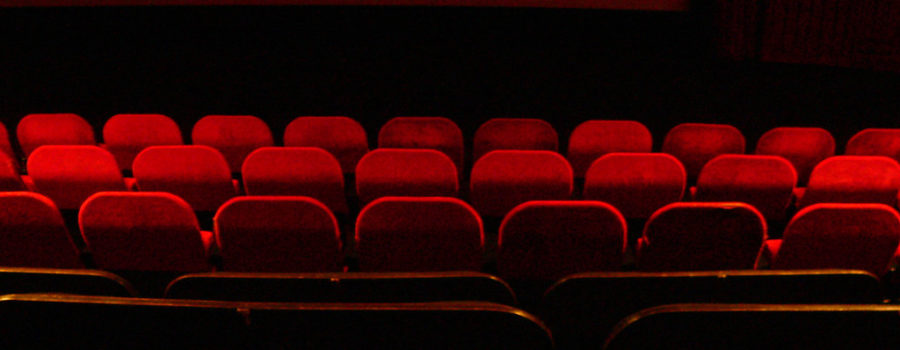Why is diversity in cinema important?
The representation of marginalized groups is very scarce, especially in western media. This includes women, people of colour, various body shapes, the LBGTQIA+ community, and differently-abled persons. Most of the time, when these groups do receive representation, often it is inaccurate, leaving the community with fewer role models. A social culture that’s inclusive of people from different races, gender, sexuality, class, ability, and culture, is needed. This would allow everyone to be recognised as entirely human.
There have been tremendous developments in the world of media during the last thirty years. This may be evident in a variety of kinds of representation, none more so than in depiction of the LGBTQIA+ community. Queer people are no longer restricted to the realms of innuendo and concealment; they are increasingly depicted on television and in mainstream entertainment in a positive light. After decades of being portrayed as caricatures and negative stereotypes, queer people can finally view themselves on TV in a predominantly positive light: stable, employed, charming, handsome, well-liked, and successful. Nonetheless, there are still hurdles ahead. Some of these include preconceptions of gay men as promiscuous, showy, flamboyant, and brazen, whereas the opposite is typically true of lesbians. Bisexual and transgender persons are either entirely erased in the media or portrayed as morally flawed or psychologically disturbed.
Creators frequently avoid portraying non-binary and asexual characters in their productions. This occurs because it is extremely difficult for individuals not to perceive and conceptualize gender as performative. People sometimes perceive asexual depiction as “lacking” something, making it difficult for profit centered marketers who look forward to seeing sexual depictions on-screen to attract a wider audience. As a result, characters that identify as non-binary or asexual are frequently not the primary protagonists or the center of narratives. Often they are framed as needing to be repaired or reformed.
Since its inception in the early 1900s, racism has defined the Hollywood film business. Job exclusion and racially stereotyped positions have pushed the Asian community twenty years behind the white race and nearly fifty years behind the African community. Asian characters in early Hollywood were largely portrayed as racist stereotypes, secretive, threatening villains or as ridiculous caricatures. These caricature characters were often played exclusively by white American performers, resulting in Yellowface. Though it has been decades since Yellowface appeared in cinema, preconceptions about Asians in general have not faded. This is still evident since Asian youths in TV series are frequently presented as geeks who want to work in the STEM industry or are math enthusiasts solely focused on their academic studies. Similarly, many Asian adults are regarded as business proprietors or martial arts practitioners. Misrepresentation can be so damaging that it may destroy a nation’s legacy and Asians in general.
African-American actresses and performers are becoming increasingly more popular on screen nowadays, yet are still subjected to the secondary role in major blockbuster films. Studio executives “explain” this by arguing that African-American themes risk being too restricted in appeal to justify investments. Nonetheless, in recent years, Hollywood has shown a willingness to rely more heavily on African-American actors and themes. Many performers, like Zendaya, Will Smith, Oprah Winfrey, and Samuel L. Jackson, have made a reputation for themselves and have helped increase the representation ratio for younger actors.
A strong and positive portrayal can aid in the battle against the dismantling of stereotypes which are harmful to people and restrictive to society. When a group of people is only ever depicted in a negative light, it has a detrimental impact on how others see them. Diverse representation creates new and improved opportunities. Non-white performers, for example, have a distinct lack of performing possibilities simply because scripts insist on white roles. Inclusion in screenplays results in a variety of roles, which opens up additional options for non-white performers. When this diversity goes beyond tokenism, it opens the door to more intriguing and challenging parts for all performers while also creating a safe place for all communities.






